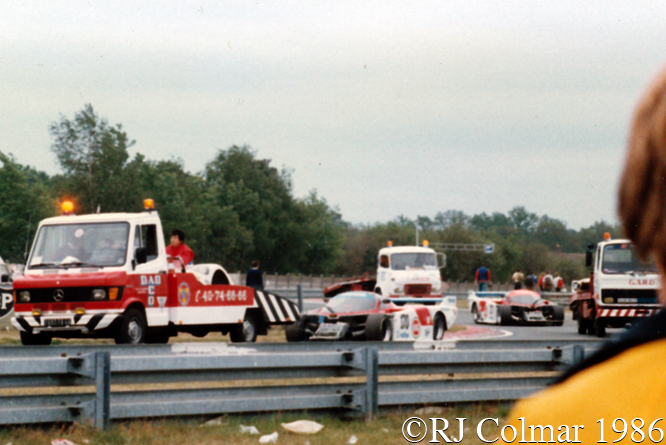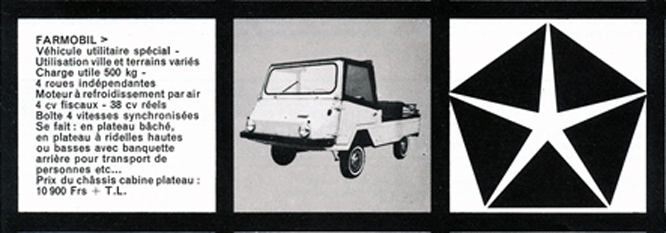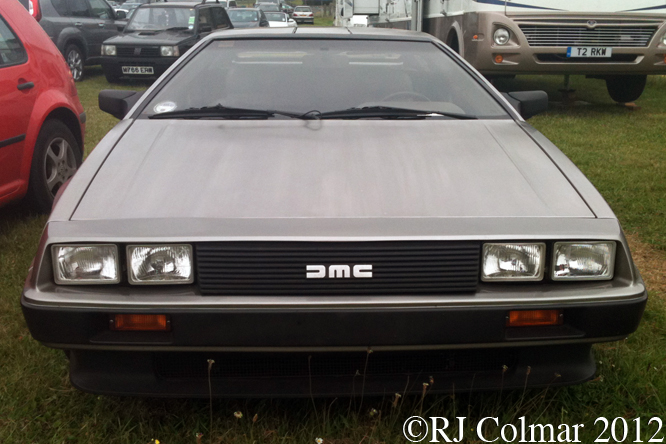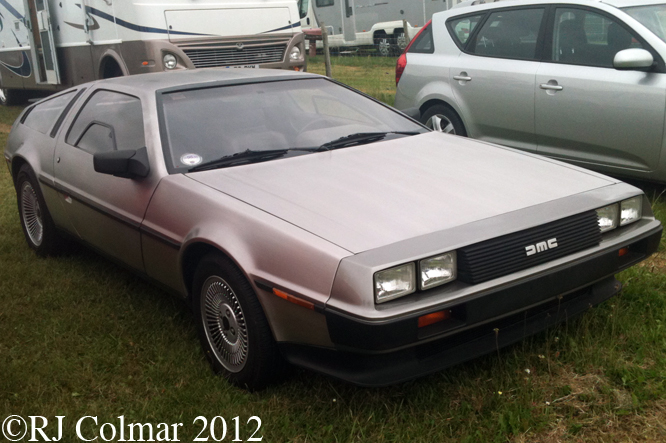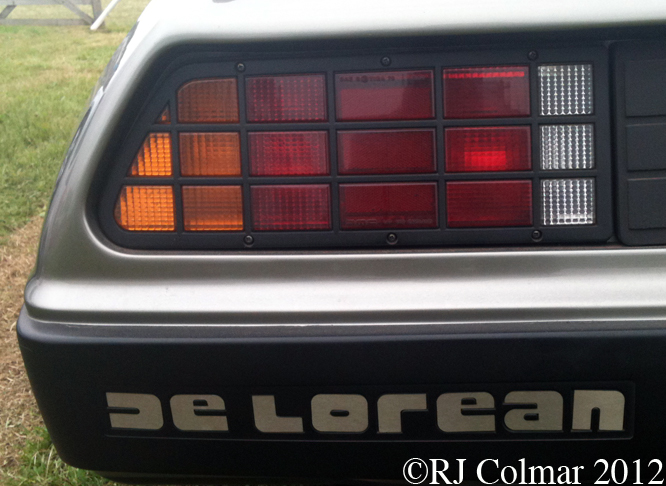For their tenth visit to Le Mans in 1988 Mazdaspeed developed a new longer four rotor Wankel engine that produced 600hp and fitted it into a new Nigel Stroud designed 767 chassis that replaced the 3 rotor Wankel powered 757.

Yoshimi Katayama, Youjirou Terada, Takashi Yorino drove a 767 to a 7th place finish in the 500km race at Suzuka in April 1988, the following month today’s featured chassis #001 made it’s first appearance at the 1000km race run at Silverstone where the car is seen above, it was driven to a 9th place overall finish and GTP class victory by Youjirou, Yoshimi and David Kennedy.

At Le Mans in 1988 chassis #001 was driven to a 17th place finish by Yoshimi, David Leslie and Marc Duez from 29th on the grid finishing two spots ahead of the sister 767 driven by Takashi, Hervé Regout and Will Hoy, but two spots the GTP class wining Mazda 757 driven by Yourjirou, David and Pierre Dieudonné.

Back in Japan Youjirou and David scored the 767’s season high best result in the 500 mile race at Fuji where they finished 4th overall.
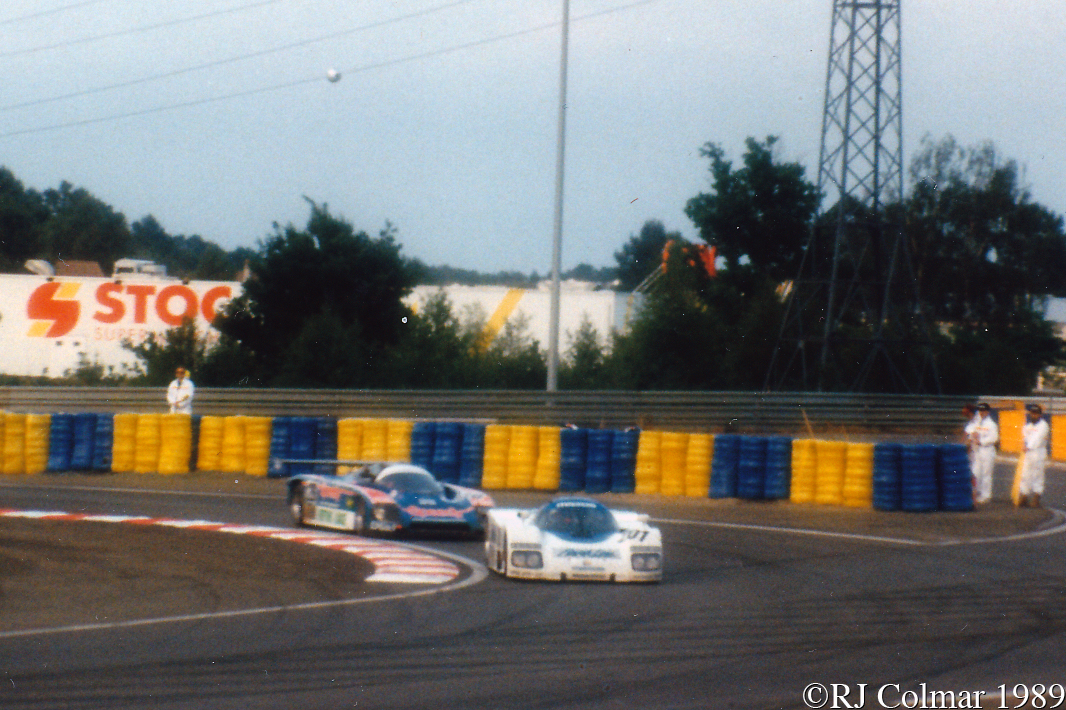
For 1989 chassis #001 was upgraded to B spec which is most obviously differentiated from the original 767 spec by the side exhaust exiting the right hand side of the car looking from the rear.

Chassis #001 was sent to the Daytona 24 hours where Yoshimi, Takashi and Elliot Forbes-Robinson finished 5th from 10th on the grid 62 laps behind the winning Porshe 962 crewed by Derek Bell, Bob Wollek and John Andretti.
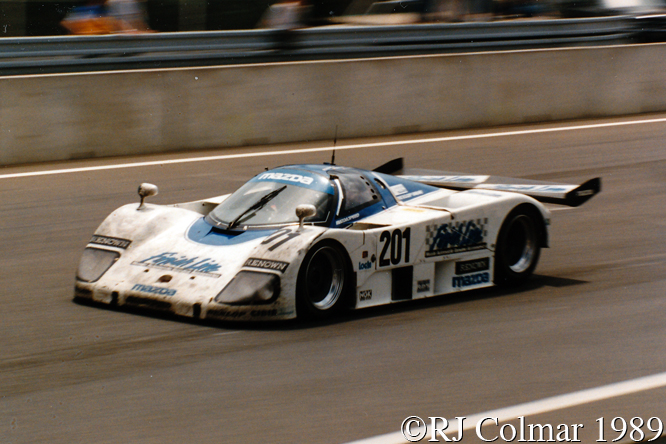
Back in Japan chassis #001 was retired from races at Fuji and Suzuka with fuel line and gearbox issues before starting it’s 1989 European tour with a 10th place finish overall and GTP class victory at Dijon with David and Pierre at the wheel.

They were joined at Le Mans by Chris Hodgetts where chassis #001 crossed the line 7th overall with yet another class victory from 28th on the grid.

These last three photographs show Pierre and David sharing #001 on the way to 13th place finsh and forth consecutive class victory from 18th on the grid at Brands Hatch.

David and Pierre drove #001 to two further 1989 GTP class victories at Spa and Mexico before it was retired.
Thanks for joining me on this “600hp 4 Rotor Wankel” edition of “Gettin’ a li’l psycho on tyres” I hope you will join me again tomorrow when I’ll be looking at a Le Mans challenger from Ligier. Don’t forget to come back now !




